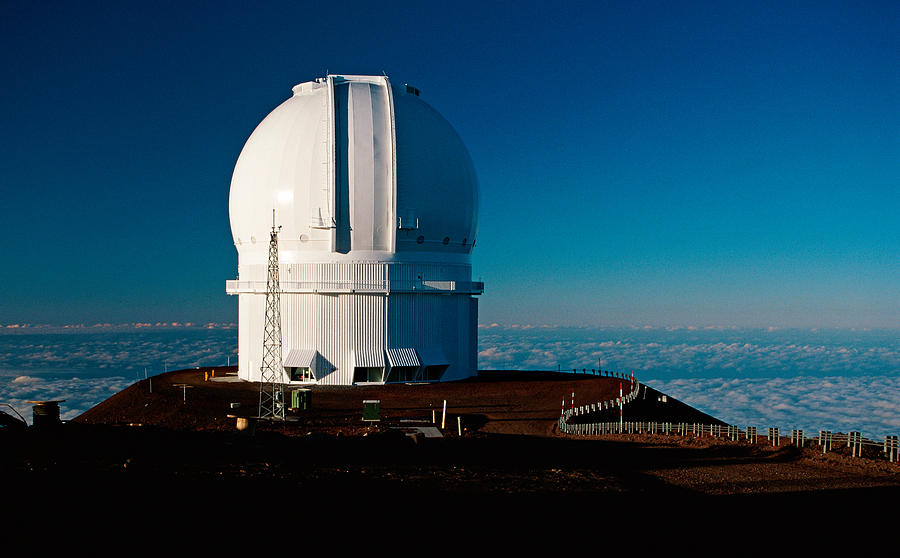

It was officially cataloged on 1 April by the Minor Planet Center at the International Astronomical Union. This suggests that if the transits we observe are due to scattering from single-size particles streaming from the planet in a comet-like tail, then the particles must be ~0.5 μm in radius or larger, which would favor that KIC 12557548b is a sub-Mercury rather than super-Mercury mass planet. The asteroids existence was then confirmed by the Canada-France-Hawaii Telescope in Hawaii and two observatories in Arizona before being officially listed on April 1 by the Minor Planet. Its existence was subsequently confirmed by the CanadaFranceHawaii Telescope and two observatories in Arizona. Our simultaneous CFHT/WIRCam detections in the near-infrared and with Kepler in the optical reveal very similar transit depths (the average ratio of the transit depths at ~2.15 μm compared with ~0.6 μm is: 1.02 ± 0.20).


Our simultaneous HST/WFC3 and Kepler null-detections provide no evidence for radically different transit depths at these wavelengths. Telescope (CFHT) on Mauna Kea has shown a steady improvement over time since the telescope was commis. Our precise multiwavelength photometry includes two simultaneous detections of the transit of KIC 12557548b using Canada-France-Hawaii Telescope/Wide-field InfraRed Camera (CFHT/WIRCam) at 2.15 μm and the Kepler space telescope at 0.6 μm, as well as simultaneous null-detections of the transit by Kepler and HST/WFC3 at 1.4 μm. The measured seeing at the Canada-France-Hawaii. Our radial velocity limit from Keck/HIRES allows us to rule out bound, low-mass stellar companions (~0.2 M ☉) to KIC 12557548 on orbits less than 10 yr, as well as placing an upper limit on the mass of the candidate planet of 1.2 Jupiter masses therefore, the combination of our radial velocities, high angular resolution imaging, and photometry are able to rule out most false positive interpretations of the transits. A 3.6-meter telescope at the Mauna Kea Observatory, Hawaii, that began regular operations in 1980 and is used for optical and infrared studies, mainly by. The page will automatically refresh when a new image is available.
#Canada france hawaii telescope alan update
Our high angular resolution imaging, which includes space-based Hubble Space Telescope Wide Field Camera 3 (HST/WFC3) observations in the optical (~0.53 μm and ~0.77 μm), and ground-based Keck/NIRC2 observations in K' band (~2.12 μm), allow us to rule out background and foreground candidates at angular separations greater than 0.''2 that are bright enough to be responsible for the transits we associate with KIC 12557548. Find out information about Canada-France-Hawaii Telescope. Canada France Hawaii Telescope 665 views 0 likes 429682 ID Details Find out more about the Canada France Hawaii Telescope, here. Images on this page update every 60 seconds. We present multiwavelength photometry, high angular resolution imaging, and radial velocities of the unique and confounding disintegrating low-mass planet candidate KIC 12557548b.


 0 kommentar(er)
0 kommentar(er)
